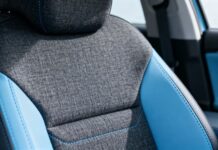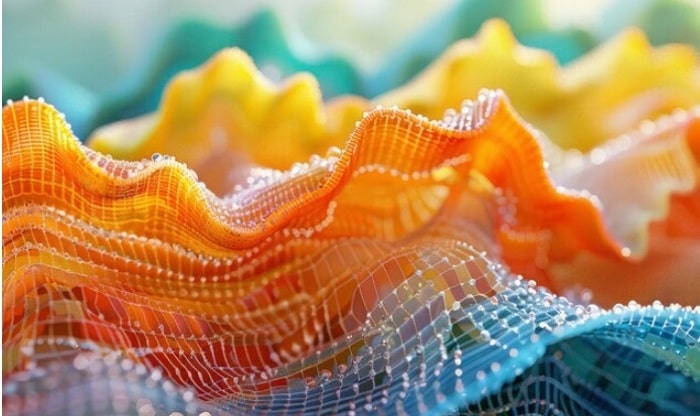The process of mixing scaffolds, cells, and physiologically active chemicals to create functioning tissues is known as tissue engineering in science. This field’s understanding may help with therapeutic treatments involving the restoration of injured tissues and organs. Apart from the natural biomaterials like collagen, gelatin, and silk proteins, as well as the synthetic materials like chitosan, glucose, and cellulose-based polysaccharides, bio-textiles have garnered significant interest as possible techniques for creating engineered tissue constructs. Tigr Matrix, Ultrapro, and Intergard are a few products in the commercial bio-textiles market that are used to treat vascular disorders, hernias, and prolapse of the pelvis. In general, there are four types of bio-textiles: composite, natural, hydrogel-based, and synthetic fibers.
- Because of their great mechanical strength and adjustable surface shape, which may aid in improved material-host tissue interaction, synthetic fibers are employed in tissue-engineered bladders, cartilage scaffolds, and vascular prostheses. Synthetic fibers, both micro and nano, may be made to resemble the complex fibrillar microstructure of the extracellular matrix (ECM). It is possible to create the fibrous synthetic fibers via blast spinning or electrospinning. These techniques are useful for creating skin or cardiovascular scaffolds that need to be mechanically strong. Nevertheless, synthetic fibers are unable to enclose cells.
- Implantable sensors, medication delivery, and soft tissue engineering are some of the applications for hydrogel-based fibers. Three-dimensional polymeric structures known as hydrogels have the ability to contract and expand in response to many environmental triggers, including temperature, pH, electric fields, and substrates for enzymes. These materials provide the cells a healthy and supportive environment in which to develop and multiply. Hydrogel-based fibers may be produced using two methods: wet spinning and microfluidic spinning. When compared to wet spinning, microfluidic spinning often provides more control over the size and form of the fibers.
- Natural fibers that are derived from proteins or polysaccharides are very biocompatible and break down inside the body into innocuous byproducts. Both melt spinning and wet spinning techniques may be utilized to create collagen threads for biodegradable sutures. Applications for chitosan’s antibacterial qualities include wound healing and medication administration. Usually, electrospinning or wet spinning are used to create these fibers. Another example is the treatment of bone loss in the craniofacial complex with the use of silk fibroin (SF) yarns processed into weft-knitted textiles separated by a polyethylene terephthalate (PET) monofilament.
- Composite fibers consist of two or more component elements together. Every component that makes up the composite material is unique and has a particular purpose. On the other hand, components of hybrid systems may be combined throughout the structure. The biomaterial’s strength, toughness, and stiffness are usually enhanced by the combination.
Knitting, weaving, or braiding textile techniques may be used to manage the microstructure, mechanical characteristics, and cellular distribution of the tissue construct for the four bio-textile subcategories mentioned above.
Although the knitted structure is very flexible and may be built into a sophisticated three-dimensional structure, adjusting its characteristics in various directions becomes challenging. For tendon and ligament regeneration, for instance, knitted constructions such as knitted silk collagen sponge scaffolds have been used. Anisotropic structure creation is possible using the weaving approach. Nevertheless, in contrast to the knitted structure, it is less flexible. The characteristics of cartilage and heart tissues are modeled by woven structures. Finally, braided architectures are beneficial for tissues that sustain loads because of their exceptional flexibility. Therefore, braided constructions may be used to wound closure and weight bearing fixations.
It is obvious that bio-textiles have a lot of promise for use in tissue engineering applications. Bio-textiles are a useful instrument for a range of medical applications since they are made using diverse textile processes that allow for microstructure control. Implantable fabrics currently have few uses despite advances in the field of bio-textiles as synthetic fibers cannot replicate the in vivo environment. By adding features that will improve host-material interaction and integration, sophisticated biomaterials may be used to overcome this difficulty.



































